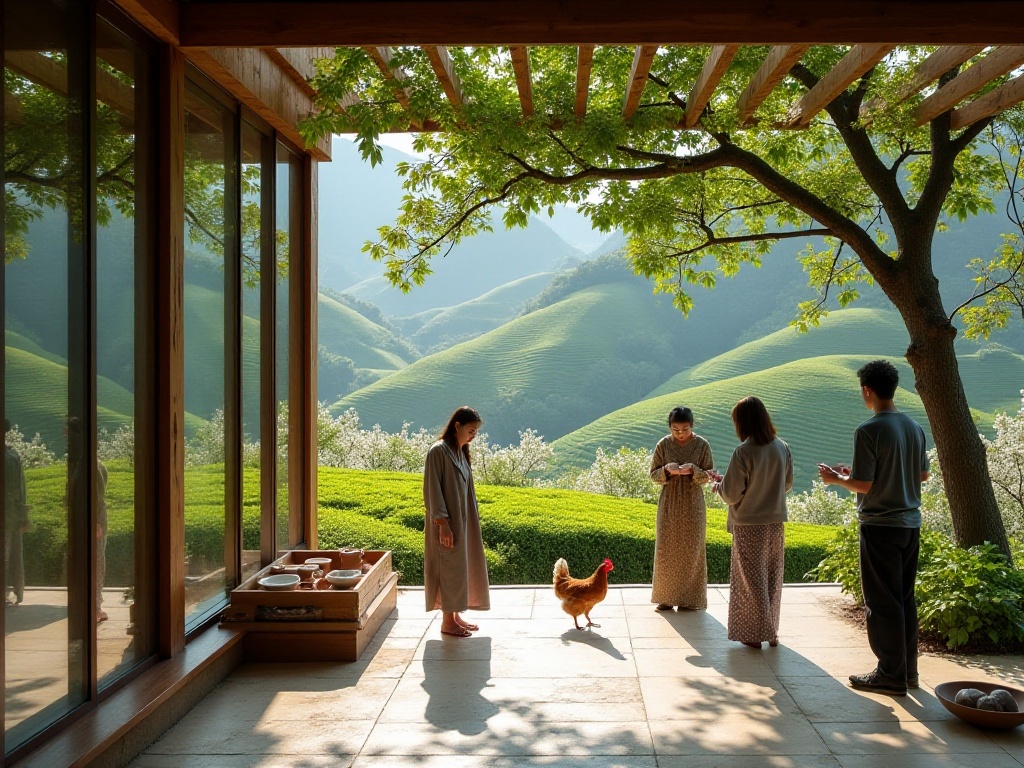
Origins
On that summer morning last year, I first set foot on the vibrant rice fields of Anji, Zhejiang. The morning sunlight gently bathed the shimmering rice leaves, while the three-sided mountain geography created a natural barrier. A small stream flowed quietly in the distance, and the misty clouds made it feel like being in a painting. As someone born in the 1990s who grew up in a concrete jungle, I never imagined fate would bring me to such a place far from the city's hustle.
At that time, I had just worked for three years at a city coffee chain, facing the fast-paced urban life daily while my heart longed for tranquility. Standing before these rice fields, I seemed to find that missing piece of my life's puzzle. The scent of damp soil, fresh mountain air, and glimpses of farmhouses in the distance all made me feel a rhythm of life completely different from the city.
Inspiration Strikes
It was a particularly sunny afternoon as I sat alone on the field ridge, watching elderly farmers bent over working in the fields nearby. Their silhouettes against the rice paddies created a perfect ink painting. In a daze, a bold idea flashed through my mind: why not open a coffee shop here? Bring the urban afternoon tea culture to this poetic countryside.
This idea opened the floodgates of my imagination, with various creative thoughts flowing in. I began to envision building an all-glass house in the middle of these rice fields, where visitors could sit in a bright, transparent space, enjoying hand-dripped coffee while admiring the spectacular sight of rolling rice waves. I hoped to create a sanctuary where urbanites could temporarily escape their busy lives and find inner peace.
The vision became increasingly clear: in the morning, sunlight streaming through glass onto the wooden counter, coffee machine sounds intertwining with birdsong; in the afternoon, visitors either reading books alone or chatting in small groups, creating a harmonious scene with farmers working in the distance; at nightfall, the entire glass house gleaming softly in the moonlight, becoming a pearl among the rice fields.
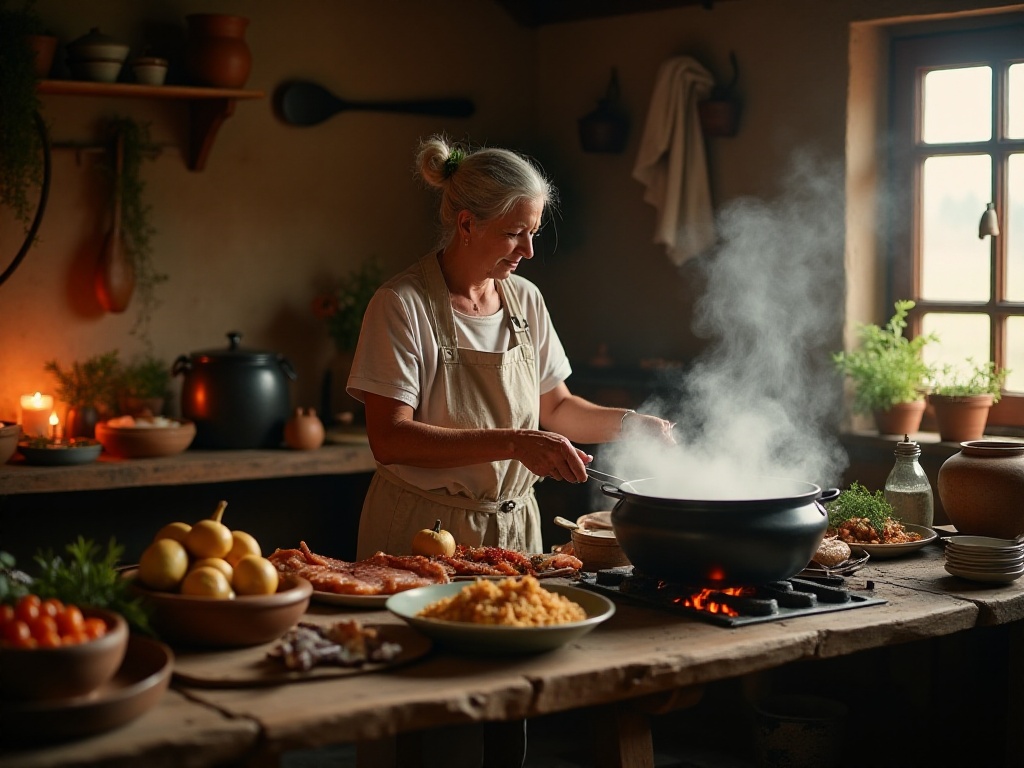
Difficult Beginnings
When I actually started taking action, I discovered that entrepreneurship was far more difficult than imagined. The first challenge was location selection, which would determine the coffee shop's future. I rode my electric bike under the scorching sun, visiting villages large and small throughout Anji County. Some places had beautiful scenery but poor accessibility, while others were easily accessible but had lost their original rural character. After two months of field research, I finally chose this rice field surrounded by mountains on three sides, which not only had exceptional views but was also just 3 kilometers from the main road.
However, convincing the local village committee became an even bigger challenge. During my first visit to submit the project application, the director immediately shook his head saying, "A coffee shop? Isn't that something city folks drink? How will farmers work during planting season? Won't it affect agricultural production?" Indeed, in this traditional agricultural county, a coffee shop seemed out of place.
I didn't give up, instead repeatedly revising the proposal to emphasize how the project could complement local agricultural industry. I visited local farmers to understand their concerns and added many details benefiting villagers to the plan. For example, I promised to prioritize hiring local staff, regularly purchase farmers' produce, and organize agricultural experience activities for visitors.
Meanwhile, I collected extensive data to support my idea. In 2022, Anji County's rural tourism received over 20 million visitors, with young tourists accounting for 65%. This data showed rapidly growing demand for rural tourism among young people. I presented these figures to the village committee, explaining how the coffee shop could bring additional income to the village and attract more young people to the countryside, activating local tourism resources.
After three months of effort, I finally gained the village committee's support. But this was just the beginning, with more challenges ahead: obtaining various permits, designing the building plan, raising funds, purchasing equipment... Each step was like crossing a single-plank bridge where one misstep could ruin everything.
Craftsmanship and Innovation
Design Philosophy
In architectural design, we broke away from traditional coffee shop patterns. The entire building adopted an all-transparent design concept, with environmentally friendly double-layered hollow glass used for all four walls. This special glass provides both thermal insulation and UV protection, ensuring comfortable indoor temperatures year-round.
The building's main structure is an irregular hexagon, with each face creating a unique dialogue with the surrounding natural environment. The east side faces the rice fields, offering stunning views of morning light on the rice waves; the south side overlooks a stream, whose gentle flow provides natural background music; the west and north sides face the mountains, where misty peaks add mystery to the space.
Although the building is only 120 square meters, we maximized vertical space through clever split-level design. The first floor is the main coffee area with a counter and regular seating; the second floor is a semi-open reading area with comfortable sofas and bookshelves; the top floor is a small terrace where visitors can enjoy outdoor sunshine and fresh air.
Each area is carefully designed: the counter uses solid wood, retaining natural texture while echoing the surrounding pastoral scenery; seating features simple Nordic style, combining comfort and aesthetics; lighting uses a smart system that automatically adjusts brightness based on natural light at different times, creating the most suitable lighting environment.
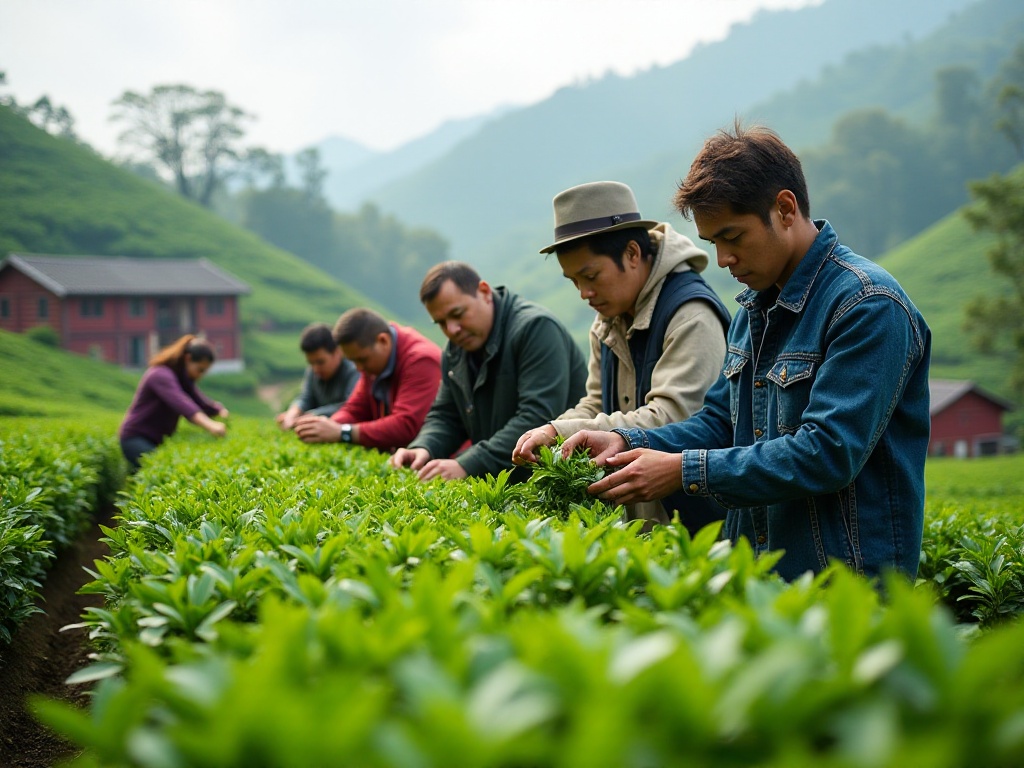
Local Integration
In product design, we maintained traditional coffee essence while adding unique local elements. Beyond classic espresso drinks, we developed a series of innovative products with local characteristics. The most popular is our "Rice Aroma Latte," which incorporates locally grown glutinous rice ground into fine powder and specially processed before being added to coffee, creating a unique fusion of rice and coffee aromas.
To add story value to this specialty drink, we specifically partner with surrounding farmers to use their quality glutinous rice. Every customer who tastes the "Rice Aroma Latte" can learn about the rice's origin through our traceability system, and even meet the farmers who grew it.
We also introduce different seasonal specialties. Spring features "Spring Tea Latte" using local pre-Qingming Dragon Well tea, summer offers "Bamboo Shoot Milkshake" with fresh bamboo shoots, autumn brings "Sweet Potato Latte" made with local sweet potatoes, and winter features warming "Ginger Sugar Coffee." These products are beloved by young people and have become our coffee shop's signature offerings.
For experiential activities, we particularly focus on letting visitors personally experience farming culture. During harvest season, we organize "Farming Experience Days," inviting local farmers to teach visitors how to harvest rice. Visitors don straw rain capes and bamboo hats, take up sickles, and personally experience the truth behind the saying "every grain in your bowl is the fruit of hard labor." These activities not only help urban dwellers better understand rural life but also instill greater respect for food.
Business Philosophy
Data Speaks
After six months of operation, our business data is encouraging. Weekend average daily customer flow reaches 200 people, maintaining 80-100 on weekdays. The average per-customer spending is stable at 68 yuan, a price point that ensures quality while remaining affordable for most consumers.
Most gratifying is our return customer rate. Data shows over 40% of customers are repeat visitors, indicating approval of our products and service. Member system analysis reveals our main customer group is 25-35 year olds, with over 70% coming from nearby cities like Hangzhou and Shanghai.
Customer feedback is also positive. Our rating on Dianping maintains above 4.8, with many customers specifically mentioning "unique environment," "great coffee," and "warm service." Interestingly, many customers say they initially came for photos but were ultimately won over by the coffee quality and atmosphere, becoming regulars.
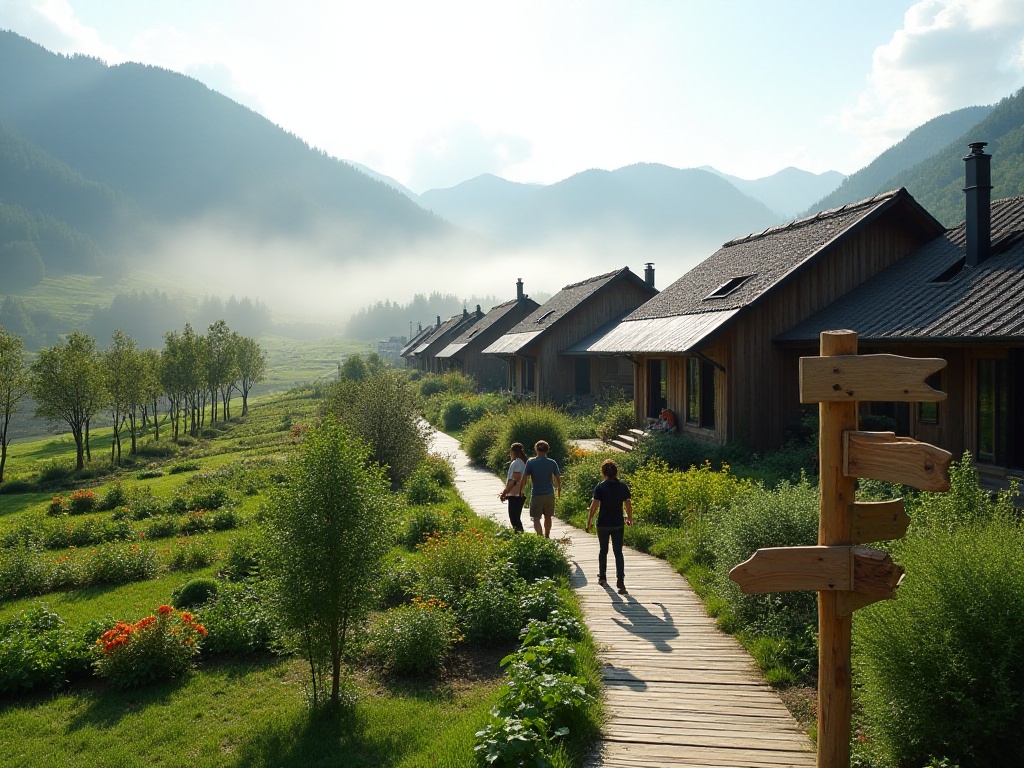
Operational Innovation
To make the coffee shop more than just a place for coffee, we developed a series of special activities. "Morning Yoga" is one of our most successful programs. Every Saturday morning, we invite professional yoga instructors to teach. Students practice yoga among misty rice fields accompanied by birdsong, an unique experience that draws many urban white-collar workers.
"Rice Field Sketching" is another popular activity. We collaborate with local art teachers to organize weekend parent-child sketching classes. Children sit on field ridges capturing rural scenery with their brushes, while parents enjoy coffee and leisure time nearby. This activity not only cultivates children's artistic sensitivity but also creates valuable family time.
Additionally, we developed "Coffee Workshop" courses teaching coffee knowledge and brewing techniques. Monthly hand-brewing workshops feature baristas sharing professional knowledge, allowing customers to deepen their understanding of coffee culture. These courses maintain high participation, attracting 30-50 people per session.
To improve work efficiency, we developed a smart reservation system. Customers can pre-book seats, order, and even sign up for various activities through our mini-program. This not only improves service efficiency but also helps us better manage customer flow and avoid weekend overcrowding.
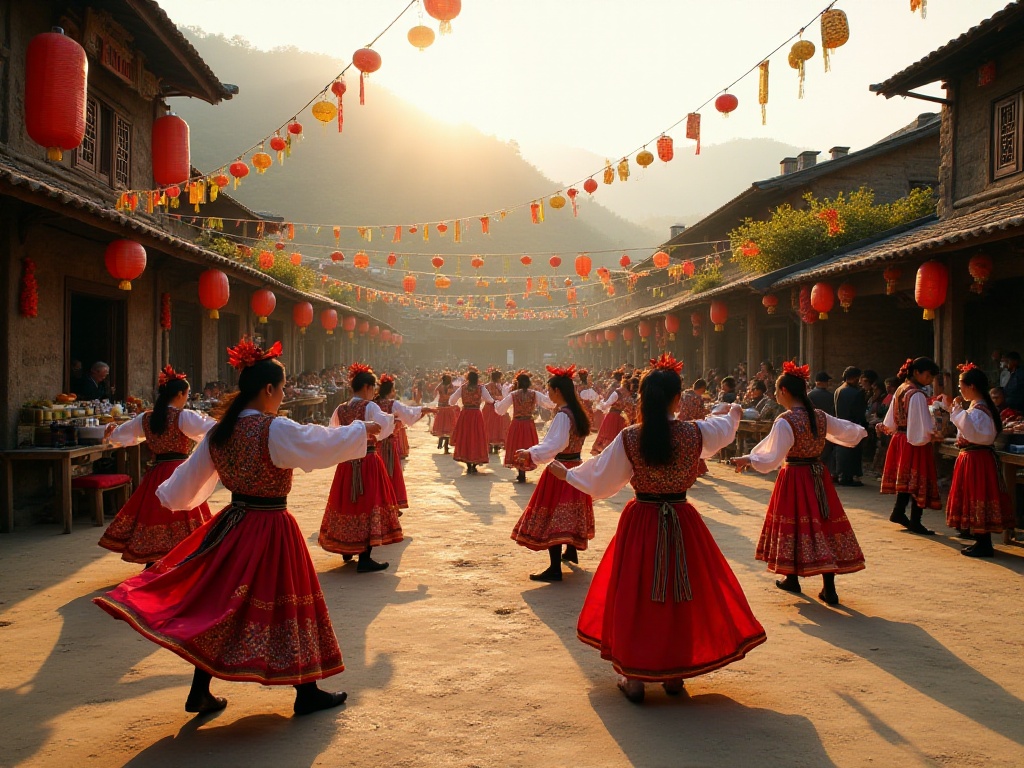
Future Prospects
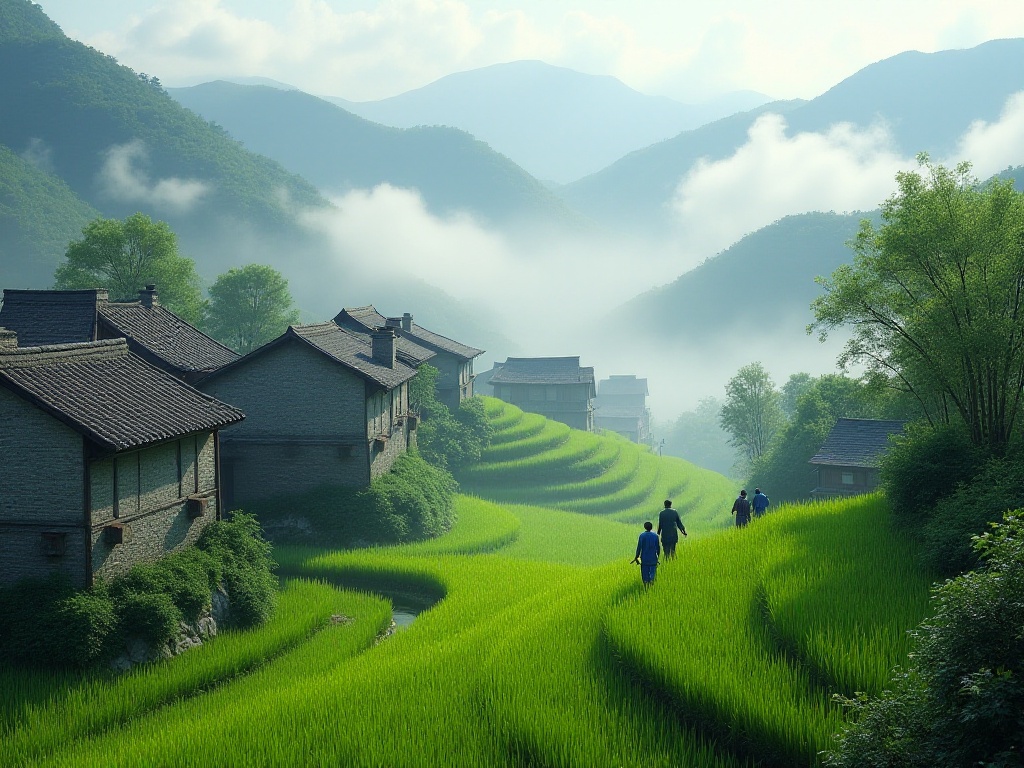
Development Plans
With stable operations established, we're planning next steps. Next year, we plan to add a 200-square-meter agricultural product display area without disrupting the existing ecology. This display area will use the same transparent design style, mainly showcasing and selling local specialty agricultural products.
We've reached cooperation agreements with over a dozen local farmers who will provide quality agricultural products for the display area, including organic rice, free-range eggs, mountain walnuts, and bamboo shoots. All products will use unified packaging design with QR code traceability, allowing consumers to learn about product origins and production processes.
Meanwhile, we're planning to establish a "Rural Innovation Space" providing a place for young people interested in rural entrepreneurship to exchange ideas and work. This space will be equipped with basic office facilities and regularly host entrepreneurship sharing sessions, inviting successful rural entrepreneurs to share experiences.
Reflections and Outlook
After half a year of entrepreneurial practice, I have a deeper understanding of rural revitalization. It's not just a slogan but a goal requiring innovative thinking and practical action to achieve. As a new generation, we need to learn to activate traditional rural resources with modern business concepts, creating new sparks between tradition and modernity.
I believe more young people like me will return to rural areas to start businesses in the future. They might open guesthouses, do agricultural e-commerce, or create cultural products, but whatever they do, the most important thing is maintaining reverence for rural areas, protecting both the ecological environment and cultural traditions while developing the economy.
In this process, we need more innovative thinking while maintaining rationality and patience. Rural revitalization isn't achieved overnight; it requires steady, step-by-step progress. As long as we maintain our original intention and keep innovating, rural tourism will surely find new vitality.
Have you ever thought about opening your own shop in the countryside? Or do you have similar rural entrepreneurship experiences? Welcome to share your thoughts and stories in the comments. Let's discuss how to make rural tourism more interesting and heartwarming.
Next
Hidden Gems in Rural Vietnam: Rediscovering Serenity Post-Pandemic
As the world emerges from the cocoon of lockdowns, Vietnam's countryside unfurls its wings, revealing a kaleidoscope of hidden treasures. The pandemic's pause has birthed a new era of travel, one that whispers of untrodden paths and authentic encounters. Rural Vietnam, once the backdrop to frenetic city escapes, now takes center stage in a renaissance of rustic allure.
In-Depth Exploration: 10 Hidden Rural Tourism Destinations in Europe Worth Experiencing in 2024, Making Your Travel Unique
A comprehensive overview of global rural tourism destinations, featuring distinctive villages and countryside locations across Europe, North America, and Asia. Explores diverse accommodation options and outdoor activities from Serbia's Zlatibor to Hokkaido, Japan
The Ozark Mountains: A Forgotten Outdoor Paradise in South-Central USA, A Sanctuary Where City Dwellers Can Find Inner Peace
Explore diverse rural tourism destinations worldwide, featuring unique experiences from Native American culture in the US South to traditional villages in Eastern Europe and natural landscapes in Asia-Pacific, highlighting authentic cultural encounters and sustainable travel
Next
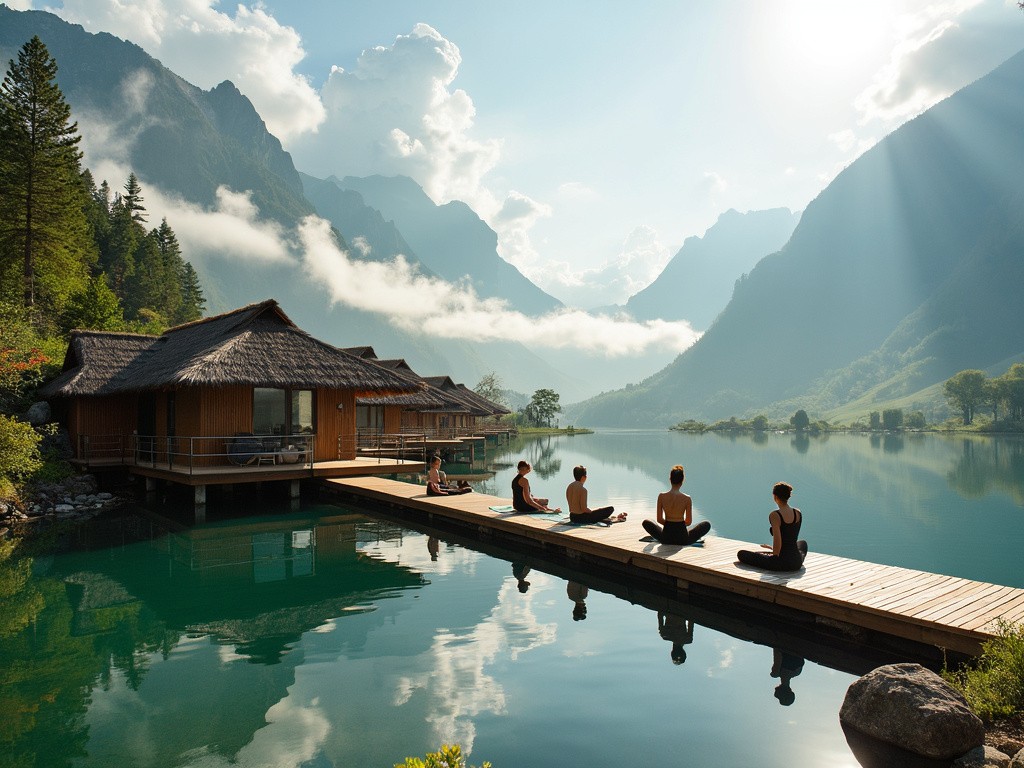
Hidden Gems in Rural Vietnam: Rediscovering Serenity Post-Pandemic
As the world emerges from the cocoon of lockdowns, Vietnam's countryside unfurls its wings, revealing a kaleidoscope of hidden treasures. The pandemic's pause has birthed a new era of travel, one that whispers of untrodden paths and authentic encounters. Rural Vietnam, once the backdrop to frenetic city escapes, now takes center stage in a renaissance of rustic allure.
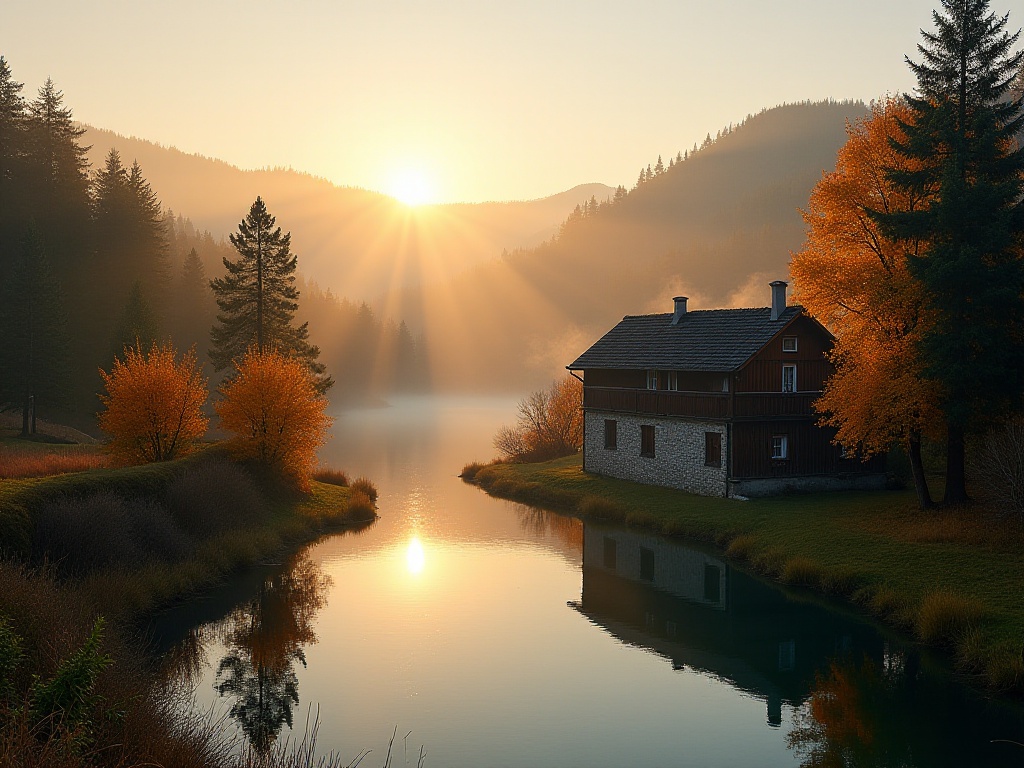
In-Depth Exploration: 10 Hidden Rural Tourism Destinations in Europe Worth Experiencing in 2024, Making Your Travel Unique
A comprehensive overview of global rural tourism destinations, featuring distinctive villages and countryside locations across Europe, North America, and Asia. Explores diverse accommodation options and outdoor activities from Serbia's Zlatibor to Hokkaido, Japan
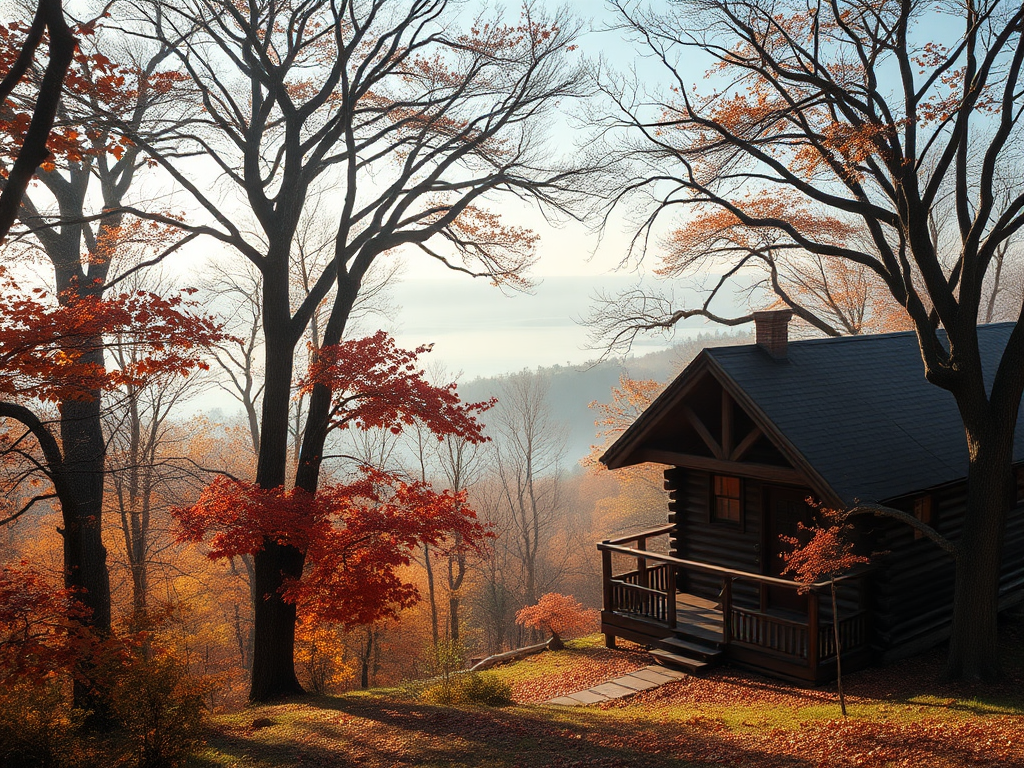
The Ozark Mountains: A Forgotten Outdoor Paradise in South-Central USA, A Sanctuary Where City Dwellers Can Find Inner Peace
Explore diverse rural tourism destinations worldwide, featuring unique experiences from Native American culture in the US South to traditional villages in Eastern Europe and natural landscapes in Asia-Pacific, highlighting authentic cultural encounters and sustainable travel

